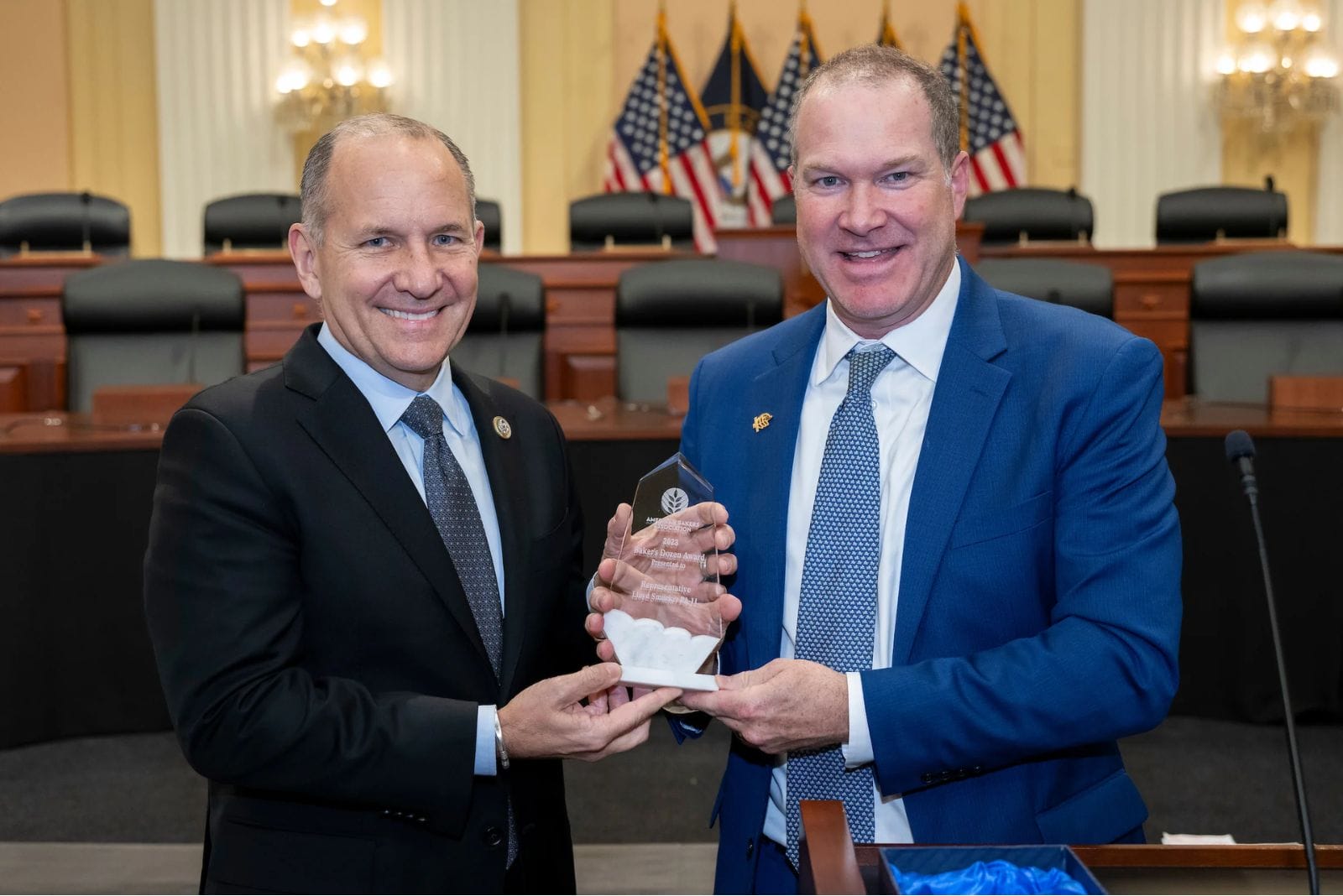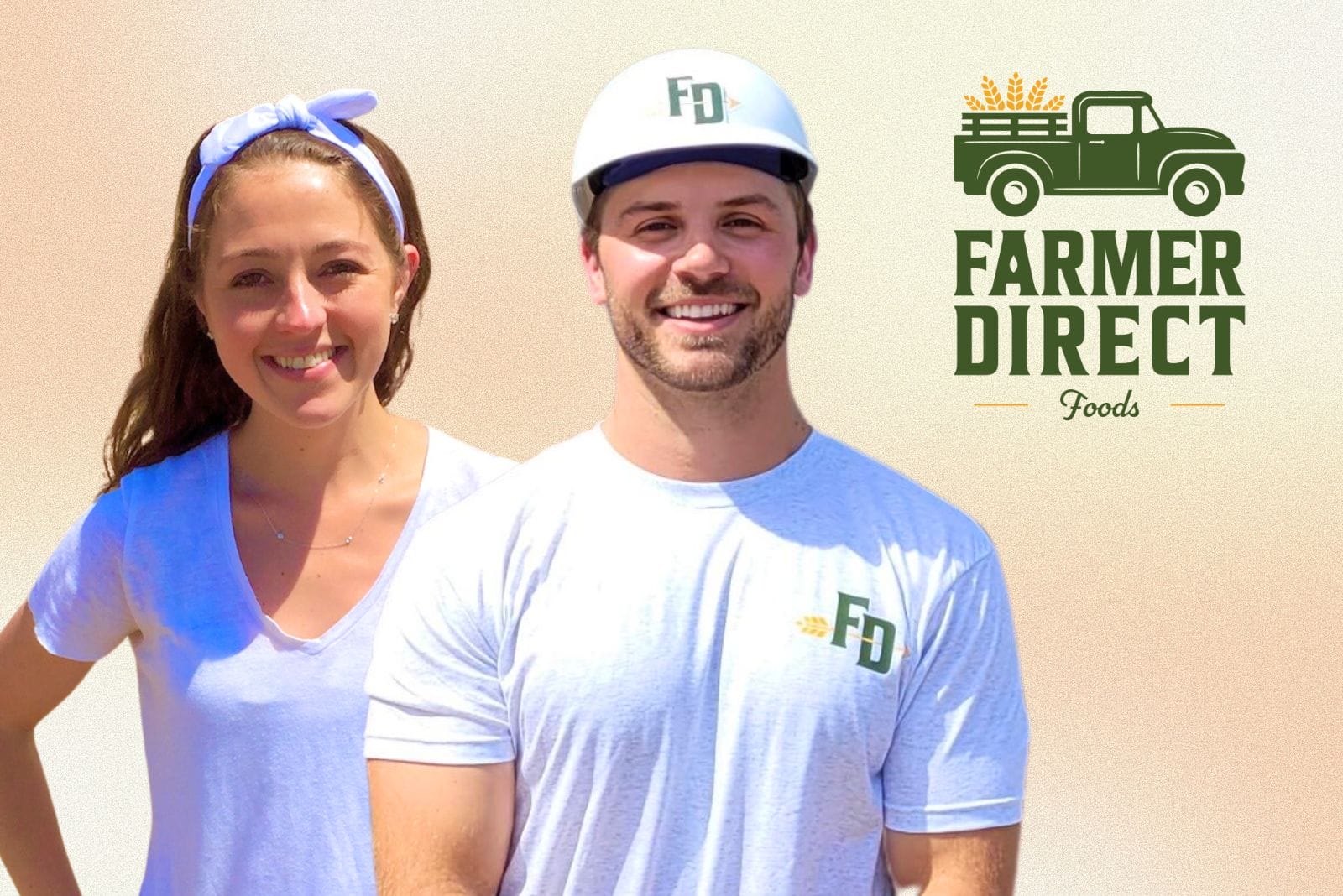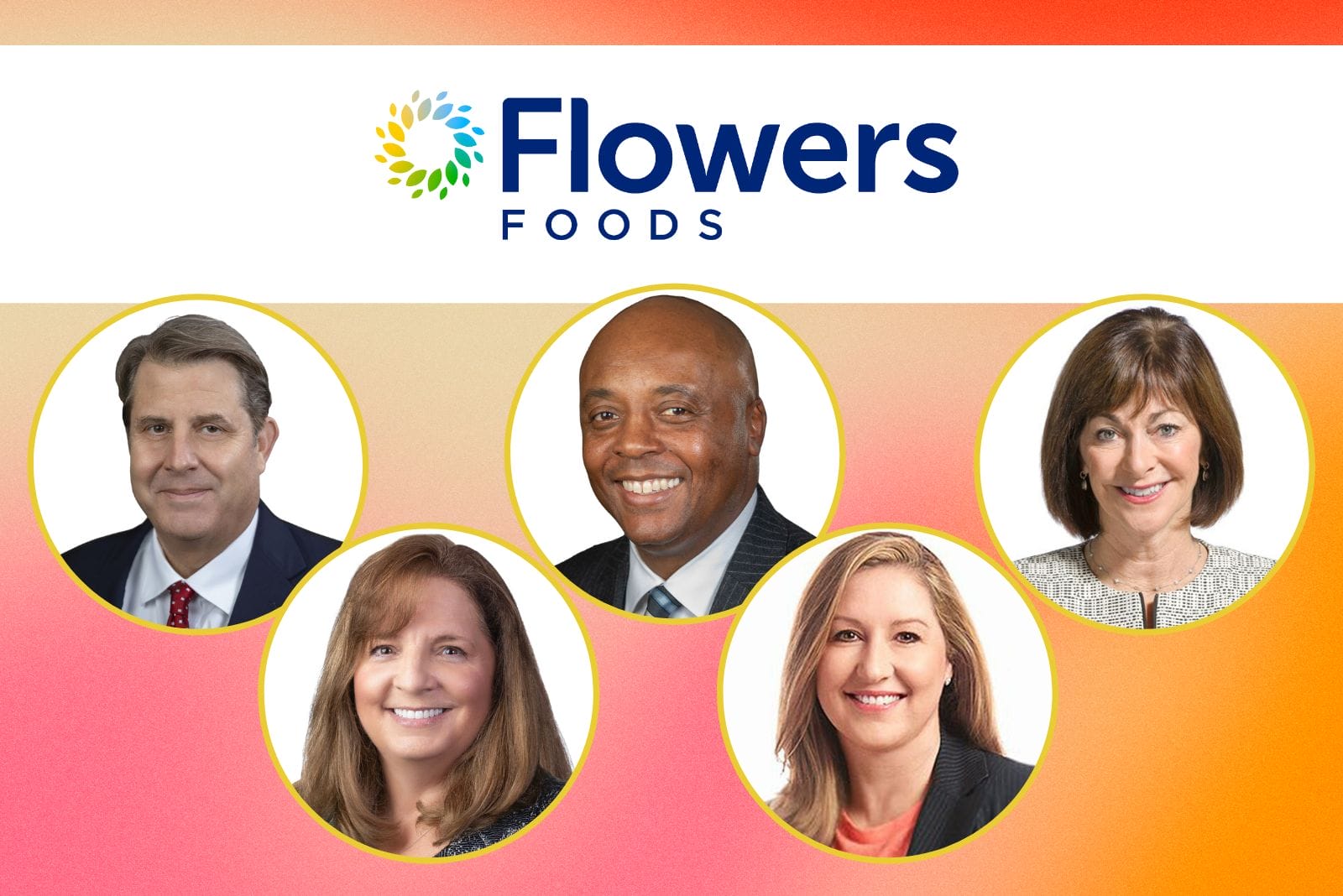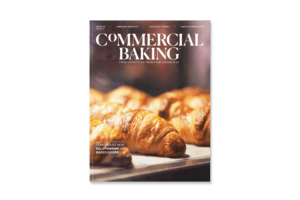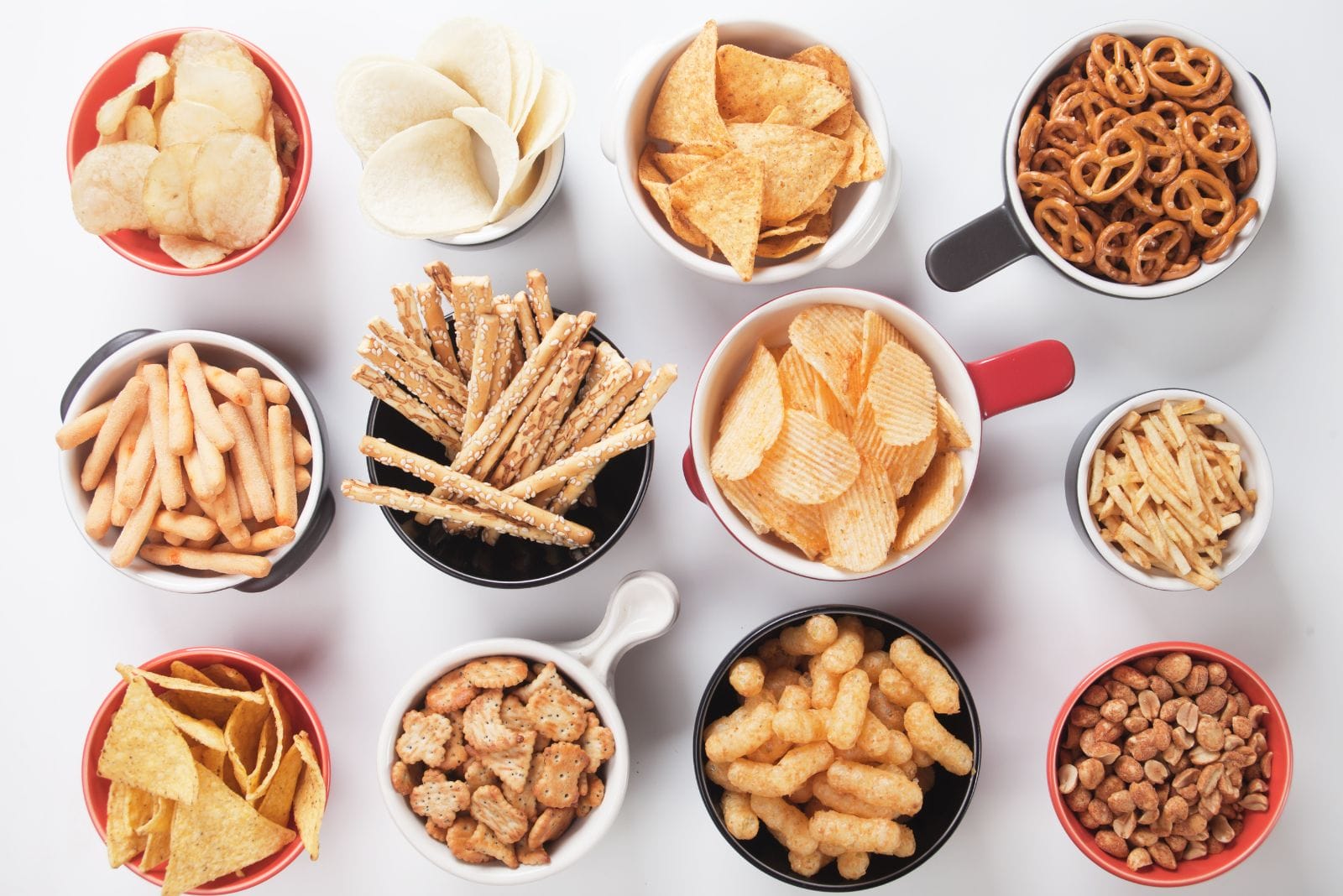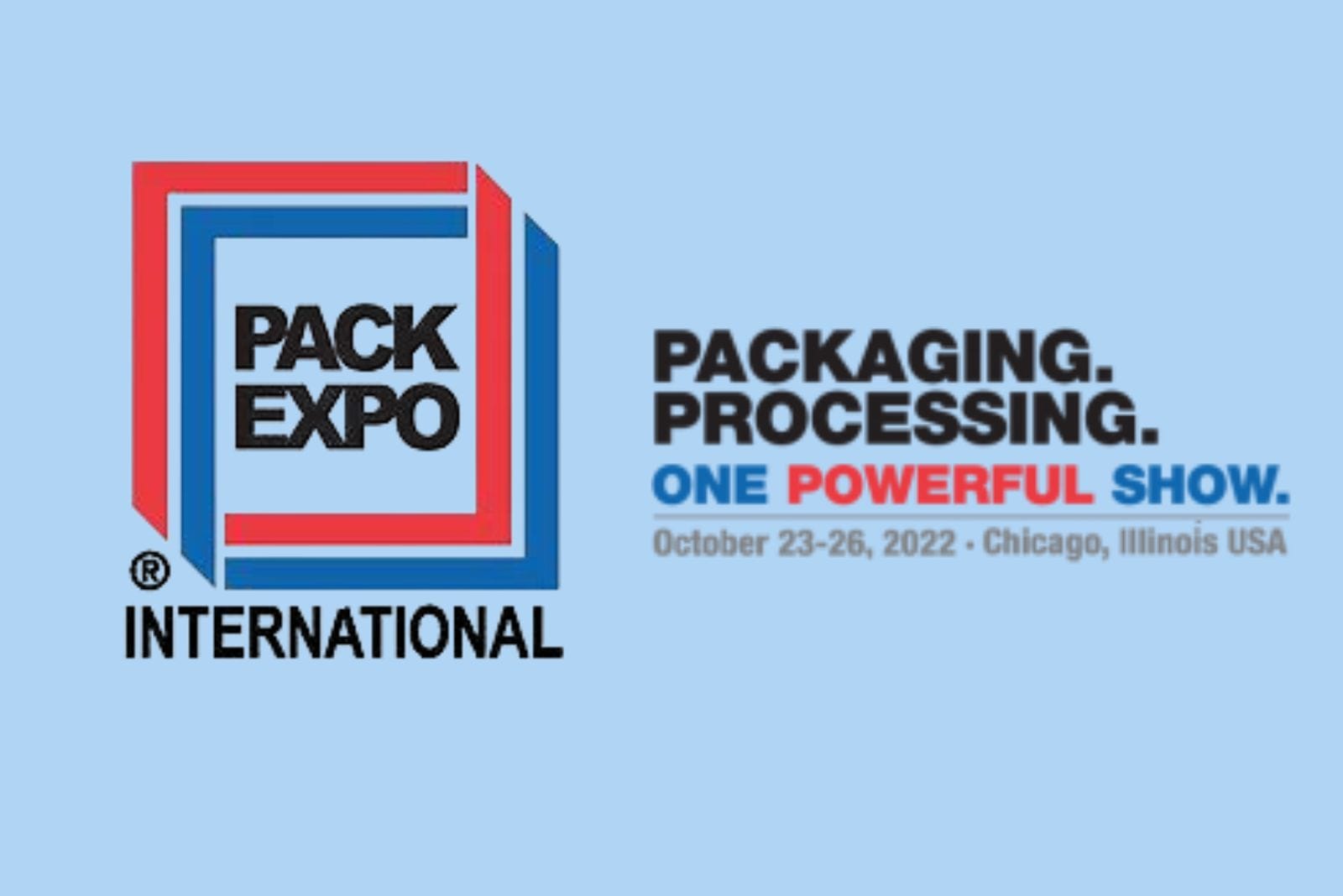LAS VEGAS — During a session on the Industry Speaks Stage at Pack Expo Las Vegas, held Sept. 11-13 at the Las Vegas Convention Center, David Walsh, VP of membership and communications at SNAC International, shared insights on the state of the snacking industry and its eruption across the US.
Currently, snacking and snack-adjacent sales total $186.4 billion in revenue and equal 27% of the food and beverage sales across the US.
Consumer trends have set the stage for recent category growth with consumers snacking more than three times a day, up 8% in the last two years
“We have seen how snacking is everywhere,” Walsh said. “Pre-pandemic was all about having on-the-go, portable and convenient snacks. Now with working from home and homeschooling, snacking from home has really exploded. As we move away from the pandemic a little bit, hybrid work obviously has persisted. We are now in a mix of on-the-go and snacking from home.”
Ninety-three percent of consumers purchase their snacks from traditional retail formats, with the remainder purchasing their snacks online.
“We have seen how snacking is everywhere. Pre-pandemic was all about having on-the-go, portable and convenient snacks. Now with working from home and homeschooling, snacking from home has really exploded. As we move away from the pandemic a little bit, hybrid work obviously has persisted. We are now in a mix of on-the-go and snacking from home.” — David Walsh | VP of membership and communications | SNAC International
As consumers rely more and more on this category, they’re looking for new kinds of benefits such as additional nutrients and vitamins. In turn, consumers are willing to pay a premium for these traits.
“It just goes to show that they’re actually putting their money where their mouth is and not only saying that they prefer these things but actually paying a higher price point for some of these healthier snacks,” Walsh said.
Younger populations such as millennials and Gen Z are setting the tone for the snack frequency trend, with 92% of these consumers replacing at least one meal per week with a snack. The leading age for the snack frequency trend is 18-44 years old, but with this comes fueling growth for the older generations.
Snacking post-COVID-19 is expected to hold strong due to products that are high value, affordable and fun, which all lead to increasing snack sales. This occasion created a sense of normalcy for consumers during the pandemic and provided a form of entertainment, with people gravitating toward comfort foods.
“Snacking to indulge was a big factor just to help folks get by, but existing trends are not expected to go away completely,” Walsh continued. “They are actually gradually returning.”
There has also been a shift in package size and channel preference. Major retail clubs are experiencing the largest growth, and they are catering to the smaller package trend. Continued growth in private label and value brands rises as consumers seek to stretch their dollars.
“Consumers are really turned more toward finding deals and store brands,” Walsh said. “Twenty-five percent buy what is on sale, which is up about three points in the past two years. Seventy-two percent look at the price now before buying their snacks, which is up five points over the past couple of years.”
Reaching consumers has also become increasingly important as the days of relying on consumers to find brand products in stores are the past. Using tools such as social media influencers, content creators, podcasts and e-Commerce channels is the future of connecting with new consumers.
Snacking is constantly evolving as the economy and society change. What was once seen as a matter of convenience has now transformed into something that consumers want to make sure benefits their health.
